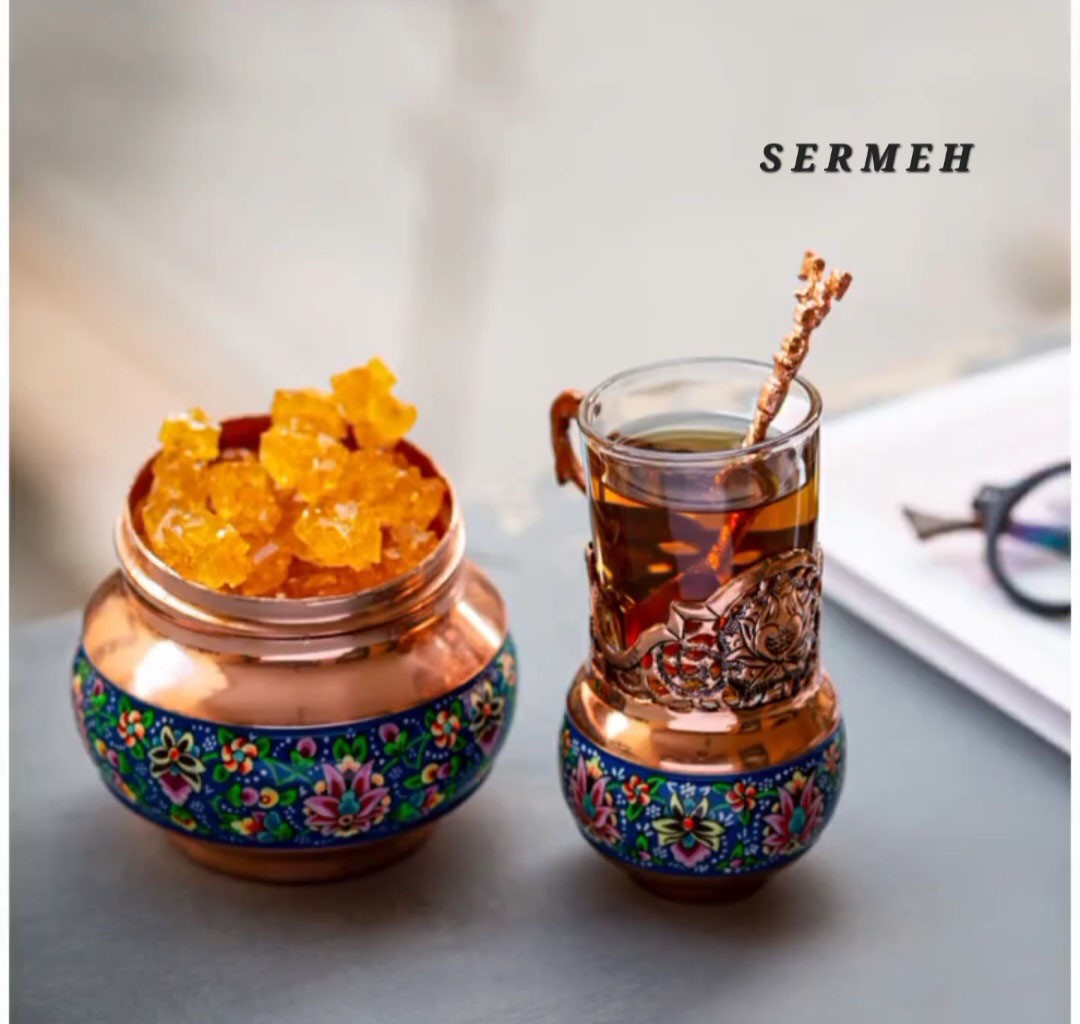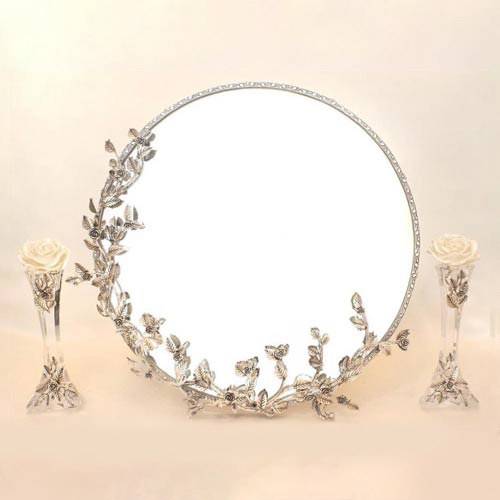PERSIAN RUGS
Persian Rug: Since ancient times, the Persian Rug has represented luxury and comfort. but today, they are part of everyday life in many homes, with different functions; as part of the decoration, to provide warmth during the winter, or simply to be an area where we can sit and share. Choose your Persian rug and enjoy it.
 rugAny loom or fabric, used to cover different surfaces. The term is also used to name tablecloths and fabrics to cover walls since carpets were not commonly used on the floor in European interiors until the 18th century.
rugAny loom or fabric, used to cover different surfaces. The term is also used to name tablecloths and fabrics to cover walls since carpets were not commonly used on the floor in European interiors until the 18th century.
While some people use the words carpet and blanket interchangeably, some argue that the main difference between them is size, with the former being larger than the latter. Others use the term carpet exclusively for floors and blankets for beds and homes. For clarity, some textile scholars also distinguish between carpets and carpeting. With carpeting they refer to surfaces covered fixedly, while the rugs are not fixed, that is to say, they are folding and fulfill an exclusively decorative function.
Decades of Creation
 The procedure used in the manufacture of carpets has not changed for centuries, being the same for the nomads as for the factories, it only varies in the fact that the looms used by the nomads are much less precise than those used in the workshops.
The procedure used in the manufacture of carpets has not changed for centuries, being the same for the nomads as for the factories, it only varies in the fact that the looms used by the nomads are much less precise than those used in the workshops.
This is because the nomads are people in continuous movement, for which they need easy transport materials.
The nomadic loom is horizontal and consists of only two wooden slats placed in parallel and fastened to the ground by pins. The roller of this loom remains motionless, being the weavers in charge of moving to be able to knit, employing knots, and the entire carpet. As a general rule, these looms are narrow, which generates rectangular carpets of small size. In contrast, the loom of the workshops is available vertically and is much more precise giving rise to larger carpets.
*Buy online Persian rugs*
Identification of Persian rug
Iranian handmade rugs have different types, each of which has a high value and unique quality. Each of these carpets has its own special and unique features according to the designs and fibres used in it.
When buying, you should pay attention to those items to easily distinguish Iranian handmade carpets from other foreign or counterfeit carpets. Because of the high value and high demand of the Iranian market for Iranian carpets, many weavers in different countries choose Iranian carpet designs for weaving this valuable underlay.
Identification of Persian carpets depends on the type of knot, the type of yarn used in the texture, the type of yarn dyeing, the method of weaving, the type of design and pattern, and finally the type of carpet weaving around the carpet.
History of handicraft exports
-Type and number of nodes
The type and number of knots are one of the important points that you should pay attention to when buying handmade carpets.
Handmade carpets, stages of handmade carpet weaving, history of handmade carpets In the texture of handmade carpets, natural fibres are used
-Handmade carpet material
Iranian handmade carpets are mostly made of silk, wool, or a mixture of both.
-Fiber colour
Iranian handmade carpet fibres are dyed using natural dyes (plant, animal, mineral, and metal products). So in handmade rugs, you should see colours that originate from nature.
-Carpet life
The health of handmade carpets is another important factor that increases the life of the carpet and its value. Damage such as rot, tearing, moisture and abrasion, burns, stains, unpleasant odours, discoloration and fading, abrasion and loss of lint, swelling, and shrinkage of the sides reduce the price of handmade carpets.
-The sloping edge of the handmade carpet
This issue is due to the non-uniform distance of the warp yarns on the slant, the looseness of the warp yarns, the unequal distance of the warp yarns on the top and bottom, the throwing of thick weft and the stretching of thick weft more or less than usual.
-Dimensions and size
Handmade carpets have different dimensions and sizes depending on the application and location of their texture. The size of Iranian handmade carpets is measured according to two systems, Zar and Metric. The unit of the arm, which was often common in ancient times, is equal to 104 cm, while the unit of meter is equal to 100 cm.
-Being streaked
The streakiness of hand-woven carpets is caused by the irregular pounding of fabrics, different raw materials, splitting of the fabric, and direct sunlight on a part of the woven carpet.
-Select a plan and map
Handmade carpets have different styles, designs, and designs depending on the time and place of their weaving, and this affects their price. All in all, the more intricate and elaborate the map of the carpet, the more expensive the carpet will be.
In this article, we wrote about a series of general descriptions of Iranian carpets such as types of Iranian carpets, Persian carpet flowers, and Identification of Iranian carpets to inform you.
If you want to buy Iranian carpets, you can refer to this site.
























